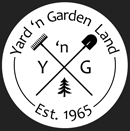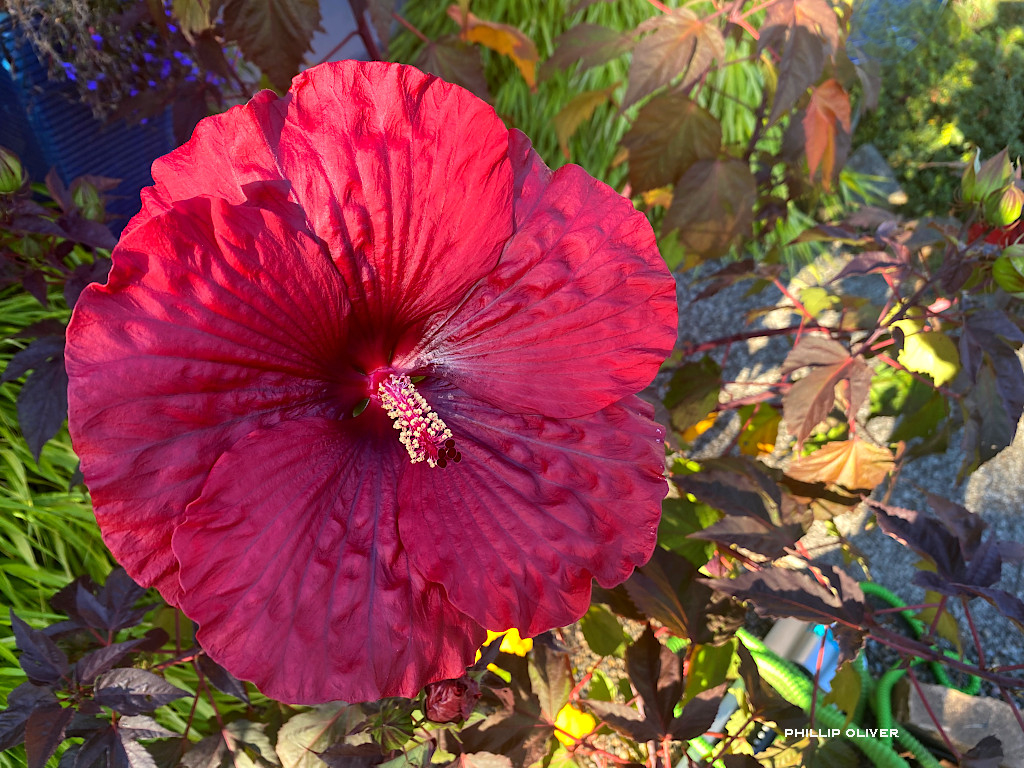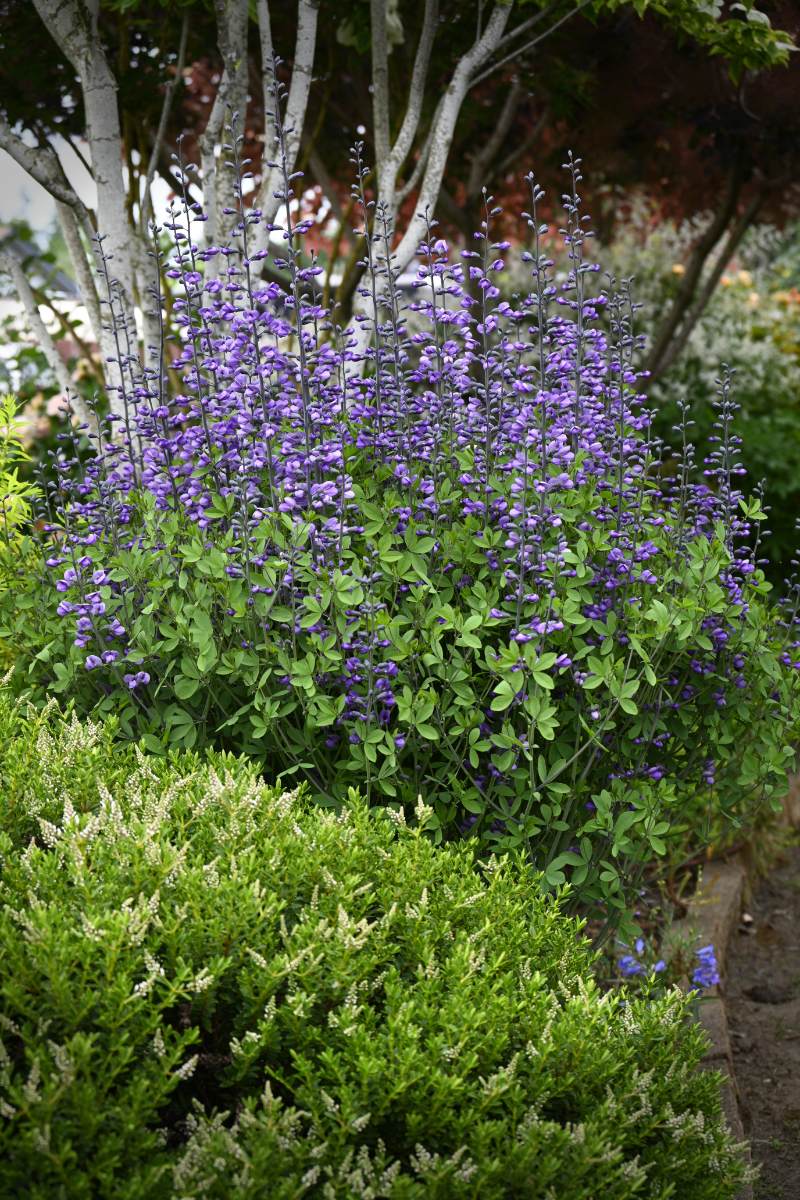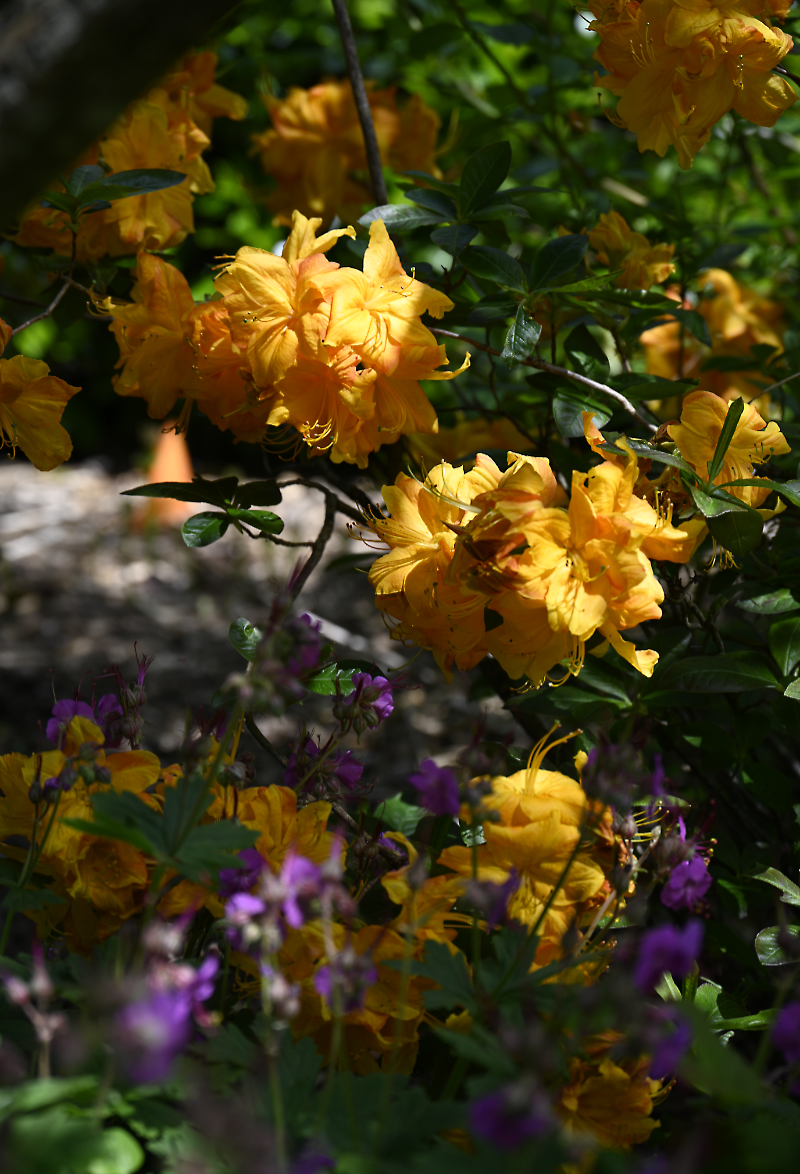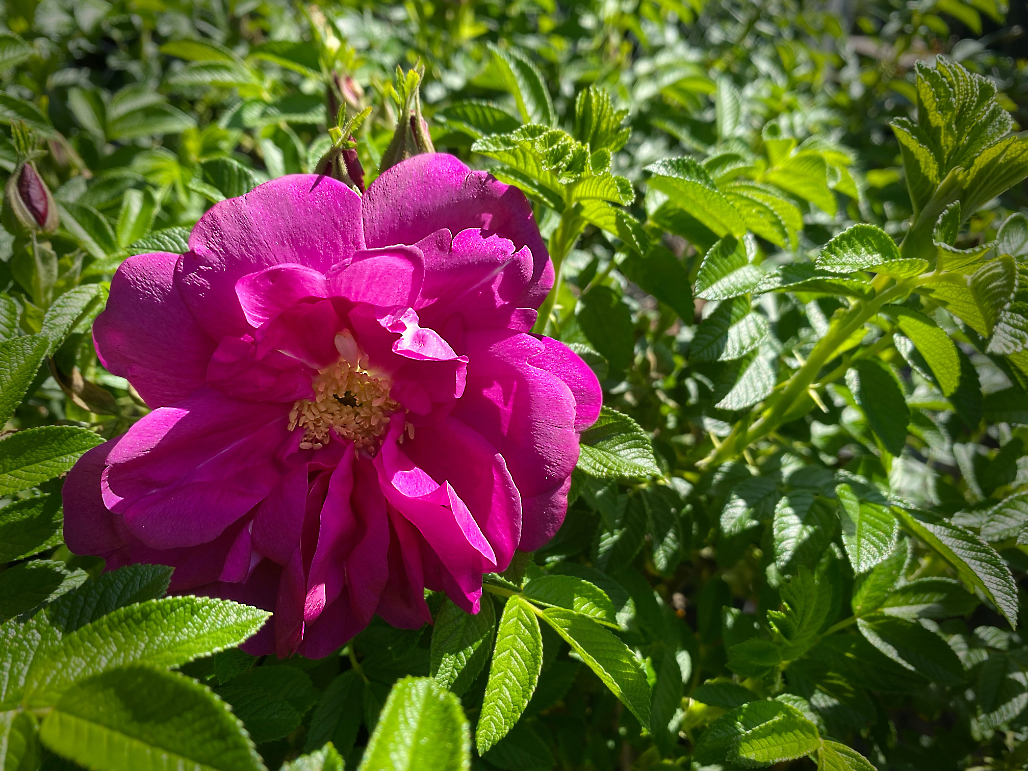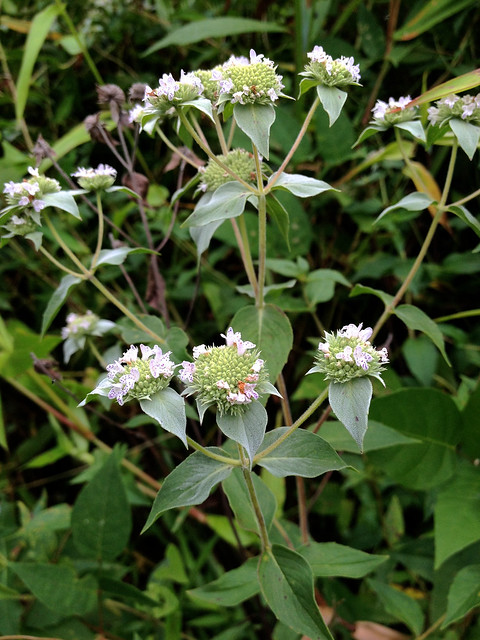Garden Activities for August
Gardening slows down in August, both for the plants and people. The hotter temperatures and drier air will slow growth on plants. It is a good time for reflection and to make an assessment of what worked in our gardens this year and what didn’t.
Watering – It goes without saying that watering should be a top priority in August. Established plants need at least one good soaking per week. On days when the thermometer surpasses 90, it is helpful to water plants well a day or so in advance. If you are not sure if your plants are getting enough water, dig a hole one foot away from the plant and take a look at the soil consistency deep below the surface. Newly planted material will need even more water (two or three soakings per week). Container plants need daily watering this time of year.
Deadheading – Removing spent blooms will keep flowers coming. Perennials such as coneflower, shasta daisy and veronica will benefit from pinching. Lavender and catmint can be sheared back. For lavender, cut back the newer growth to about 1/3. Do not cut back into the harder wood.
Some annuals, such as petunia, will often look ragged by this time of year. If this is the case, shear them back completely and water and fertilize well.
After lily blooms fade, remove the flowers but leave at least 2/3 of the stalk.
Spent rose blooms can also be removed. However, if you prefer to have rose hips in the wall, leave the flower heads.
Keep an eye on variegated plants. If you see new growth that is entirely green, that means the plant is trying to revert. Cut these green branches out completely.
DIVIDE and TRANSPLANT – Bearded iris can be cut back, divided and transplanted this month.
FERTILIZING – Do not fertilize trees or shrubs with nitrogen, as it will encourage fresh growth that may not mature sufficiently to withstand winter temperatures.
Fertilize strawberries about August 15 for a good crop next year.
Give roses one more fertilizing before the middle of the month.
Keep fertilizing annuals in pots.
PLANTING – Although this is not a good time to plant, you can prepare holes for fall planting. If you plan to add a tree or larger shrubs this fall, go ahead and dig the holes now. Add a generous amount of compost, water and mulch.
VEGETABLES – Keep vegetables picked as soon as they are ready. Leaving them on the plant will use up their energy for new fruit.
Look for fall vegetables plants later in the greenhouse. If you prefer to get a head-start and sow seeds, the following seeds should be planted as soon as possible –
- Carrot
- Chinese Cabbage
- Cilantro
- Lettuce
- Onion
- Mustard
- Radish
- Spinach
- Swiss Chard
- Turnip
